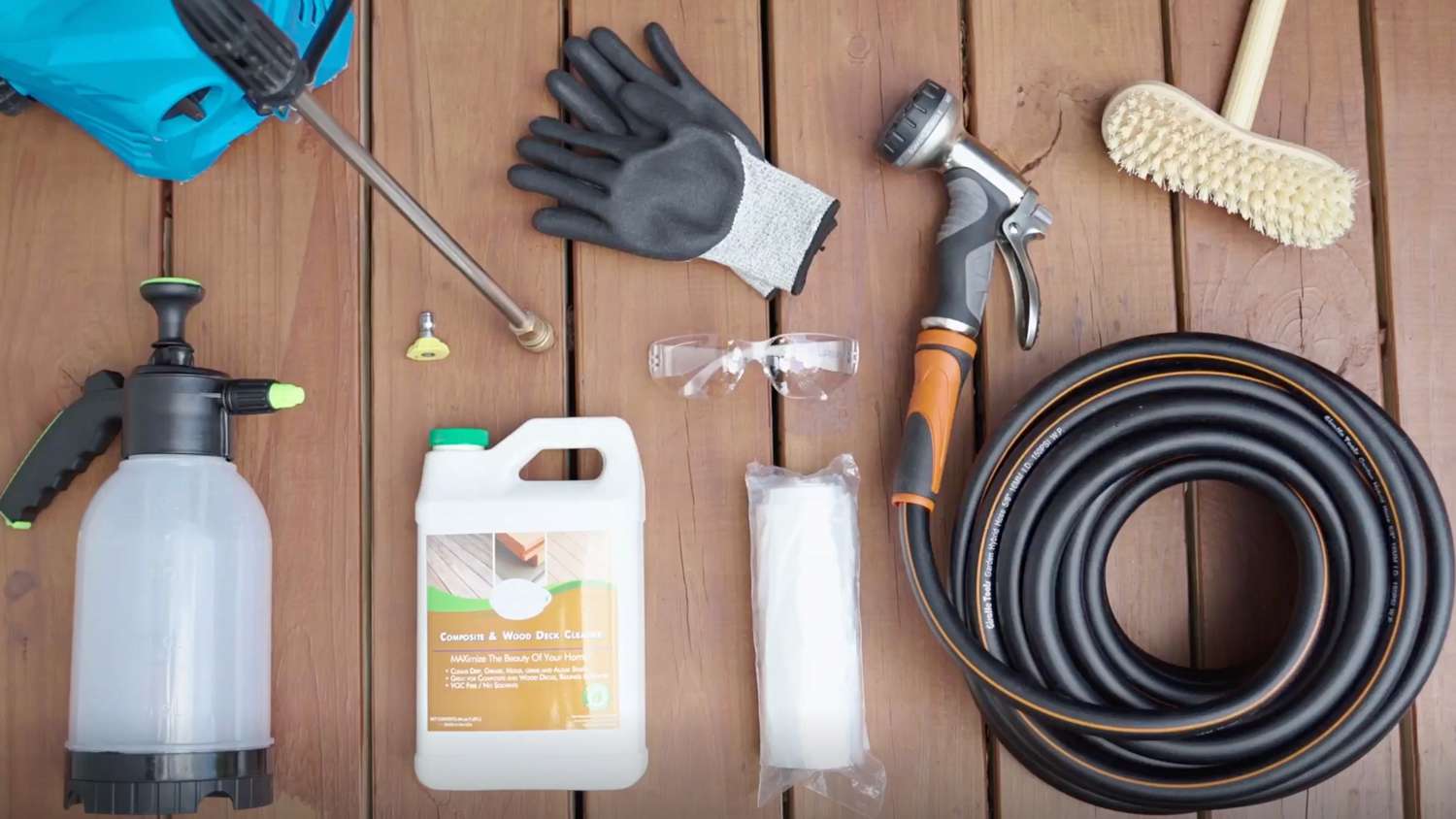
Your power washer isn’t just a tool — it’s the heartbeat of your business. 💪 Whether you’re washing siding, blasting grease off concrete, or restoring a deck, your gear works hard. And just like any hardworking machine, it needs consistent care to keep running strong.
Neglecting maintenance may not hurt today, but over time it can lead to breakdowns, lost revenue, expensive repairs, and missed opportunities. 😓 The good news? With just a few simple habits and a basic checklist, you can extend the life of your equipment, prevent costly downtime, and work more efficiently.
In this guide, we’ll break down the essentials of power washing equipment maintenance so you can protect your investment — and your reputation. 🚿💼
🔧 Why Maintenance is Non-Negotiable
Let’s be honest: when you’re booked solid and running between jobs, it’s easy to skip oil checks or forget to clean your filters. But ignoring small issues often leads to big (and expensive) ones down the line.
Here’s what regular maintenance gives you:
- Fewer equipment breakdowns 🔩
- Longer machine lifespan ⏳
- More consistent water pressure and flow 💦
- Less job rescheduling = happier customers 😊
- Safer work environment for you and your crew 🦺
Think of maintenance as insurance against chaos. And in this business, chaos is expensive.
🧼 Daily Maintenance Checklist
These tasks take just 10–15 minutes a day and can save you hours — or days — of downtime.
✅ Before Every Job:
- Inspect hoses for cuts, leaks, or bulges 🧯
- Check oil levels in your engine and pump
- Make sure quick-connects and nozzles are secured tightly
- Ensure the inlet filter is clean and not clogged
- Look for fuel leaks or loose parts
- Start the machine and listen for strange sounds 🔊
🧠 Pro tip: Keep a visual checklist laminated in your trailer or van so you never forget these steps.
✅ After Every Job:
- Flush your system with clean water (especially if using chemicals)
- Disconnect hoses and drain water from pump and lines
- Wipe down your machine to prevent buildup of grime
- Store in a dry, covered area to protect from moisture 🌧️
- Refill gas if needed — don’t leave it empty overnight
These habits will keep your washer running smooth and looking professional.
Browse Amazon Here For Top Rated Power Washers And Accessories
🧰 Weekly Maintenance Must-Dos
Set aside a block of time each week (even 30–45 minutes) for more thorough checks.
🔧 Weekly Checklist:
- Change or clean the engine air filter
- Check spark plug condition and clean if needed
- Inspect unloader valve for proper operation
- Lubricate O-rings and fittings to prevent corrosion
- Tighten any loose bolts, screws, or fasteners
- Check pressure gauge and bypass system for signs of stress
🧠 If you’re noticing low pressure, vibration, or surging — address it NOW, not after your next job.
⛽ Monthly and Seasonal Maintenance
These tasks are easy to forget — but critical for long-term performance.
🗓️ Monthly:
- Replace engine oil and pump oil (every 40–50 hours of use)
- Deep clean fuel system and carburetor
- Inspect trailer tires, lights, and brakes (if mobile)
- Check chemical injector for buildup or blockages
❄️ Seasonal:
- Winterize your machine if storing for extended periods (use pump saver or RV antifreeze) ❄️
- Inspect all hoses for cracks from temperature changes
- Drain and flush all tanks before and after storage
- Run a full-system pressure test before your first job of the season 🔁
Don’t let winter (or extreme heat) catch you unprepared. Preventative care is key.
🧪 Pay Attention to Water Quality
Hard water or debris-filled water can destroy pumps and valves over time. 😱
Tips:
- Use a filter screen on your inlet hose
- Avoid using standing or untreated water sources
- Flush your machine with clean water at the end of each job
- If possible, use a water softener in extremely hard water regions
Clean water = longer machine life. Simple as that.
📦 Keep a Maintenance Kit on Hand
Having a small repair kit on your truck can save your day — and your reputation.
Must-Have Items:
- Extra nozzles and O-rings
- Hose clamps and quick-connect fittings
- Small bottle of pump oil and engine oil
- Wrenches, pliers, and screwdrivers
- Fuel stabilizer, pump saver, and carb cleaner
- Spare spark plug and air filter
🧠 A plastic toolbox labeled “Quick Fix Kit” can mean the difference between a 5-minute fix or a full reschedule.
📊 Track Your Maintenance Like a Pro
Use a spreadsheet or app to log:
- Service dates
- Oil changes
- Filter swaps
- Repairs or replacements
- Hours on each machine (many engines have hour meters)
Apps like Jobber, Housecall Pro, or even a shared Google Sheet can keep you and your team on the same page. ✅
Consistency turns guesswork into peace of mind.
🔥 Real-World Example: The $2 Fix That Saved $400
A small power washing company in North Carolina noticed their machine sputtering mid-job. After checking their log, they realized they hadn’t cleaned the carburetor in over 3 months.
A quick cleaning with a $2 can of carb spray solved the issue — and saved them from a $400 replacement. They’ve been consistent with logs ever since. 📈💡
💬 Final Thoughts: Don’t Wait for It to Break
Maintenance may not be glamorous, but it’s one of the most powerful habits in your business. It protects your tools, your income, your time, and your professional image. 🧽✨
Whether you’re a solo washer or leading a crew, building a culture of care around your gear will keep your business reliable and ready — job after job, season after season. 🔄💪
So pop the hood, check the hoses, and stay ahead of problems before they start. Your future self (and your bottom line) will thank you. 🙌🧰💼
Browse Amazon Here For Top Rated Power Washers And Accessories






